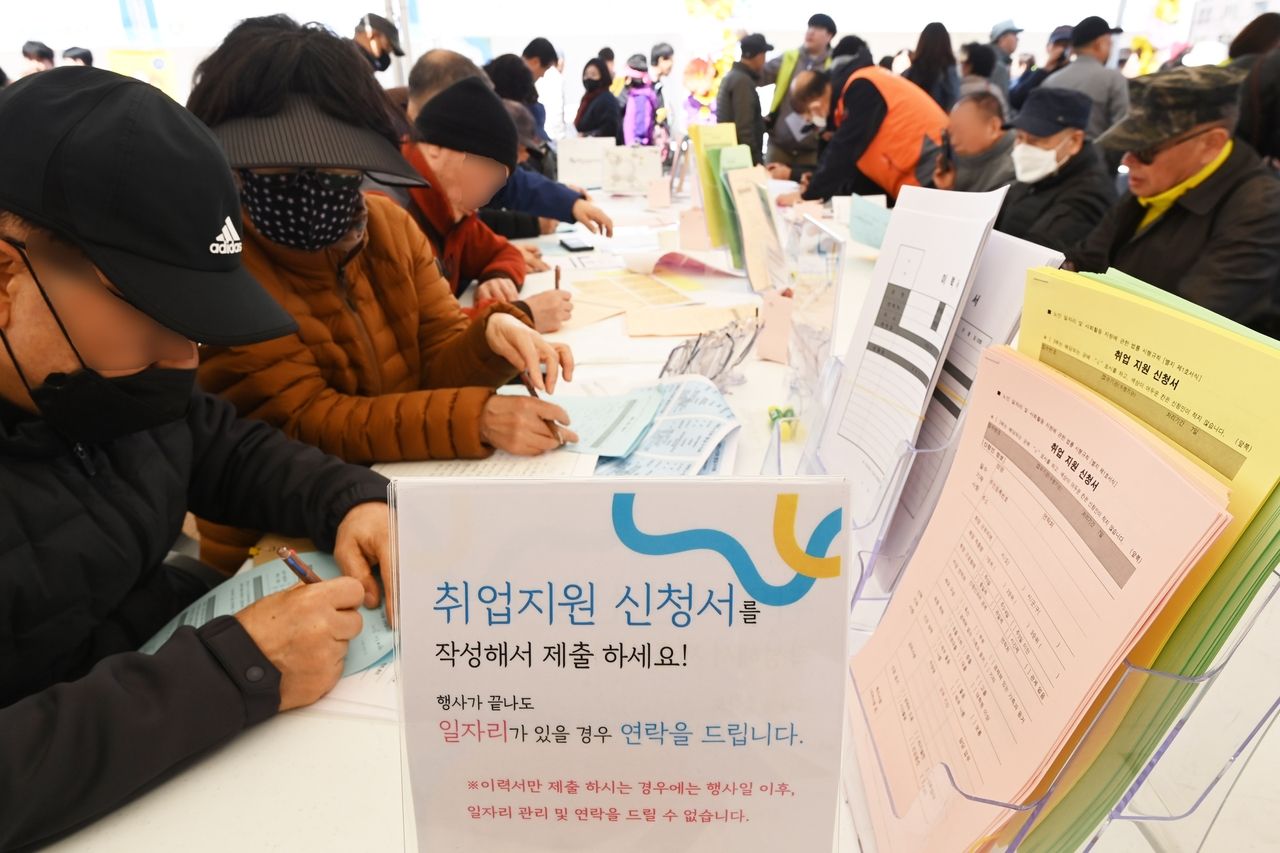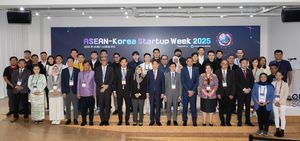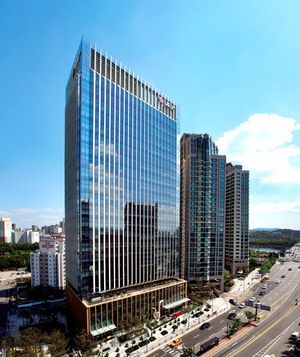 The wage gap between regular and non-regular workers in South Korea has reached its highest level on record, driven largely by a surge in low-paid, part-time jobs among the country’s rapidly aging population.
The wage gap between regular and non-regular workers in South Korea has reached its highest level on record, driven largely by a surge in low-paid, part-time jobs among the country’s rapidly aging population.
New data released Wednesday by the Ministry of Data and Statistics (formerly Statistics Korea) showed that non-regular workers — those in part-time, temporary and contract roles — earned an average monthly wage of 2.09 million won ($1,460) between June and August. Over the same period, regular employees earned 3.90 million won on average, creating a record gap of 1.81 million won.
This marks the widest disparity since wage data was first compiled in 2004.
Officials attribute a significant portion of this growing divide to the expansion of older adults working in caregiving and welfare-related sectors. For the first time, the number of non-regular workers aged 60 and older surpassed 3 million, an increase of 233,000 from the previous year. This group now makes up 35.5 percent of all non-regular workers, the highest share ever recorded.
“Many of these workers are participating in government-run employment programs for older adults,” said Song Jun-haeng, employment statistics director at the ministry. “We’re seeing notable growth in caregiving and social welfare roles, especially as demand for elder care and health services increases alongside population aging.”
Stuck in part-time care jobs
Jobs in the health and social welfare sector accounted for the largest share of non-regular employment at 20.5 percent, or about 1.76 million workers. That’s a year-on-year increase of 210,000, the biggest of any industry tracked in the report.
While these jobs are plentiful, they remain some of the lowest-paid in the labor market, and many are part-time. This is a key reason non-regular workers’ wages have stagnated even as employment numbers rise. Excluding part-time roles, the average monthly wage for non-regular workers rises to 3.04 million won, reducing the gap with regular employees to 859,000 won. However, part-time caregiving jobs are expanding faster than other non-regular roles, keeping downward pressure on the average.
The total number of non-regular workers in South Korea reached 8.57 million in August, up 110,000 from a year earlier. That’s 38.2 percent of all wage workers, a figure unchanged from the previous year. Regular workers numbered 13.85 million, up 160,000 from 2024.
Women made up a record 57.4 percent of the non-regular workforce. Among all non-regular workers, 32.2 percent said they had not chosen their employment type voluntarily. Most cited urgent income needs or a lack of positions suited to their skills or experience.
The age profile of South Korea’s non-regular workforce continues to shift as the country ages. For the first time, there are more non-regular workers aged 70 and older (1.21 million) than in their 40s (1.20 million). The number of workers in their 30s also rose, now accounting for 13.3 percent of the group. In contrast, non-regular employment declined among those under 30, in their 40s and in their 50s.
- 2 NK soldiers briefly cross MDL to apparently chase defecting soldier: sources
- Hybe partners with LAFC
- N. Korea breaks ground on memorial museum for its troops killed in Russia’s war with Ukraine
- Seoul shares open sharply higher on eased US-China tensions
- Lee says ‘carefully’ reviewing impact on financial markets during US tariff talks









Most Commented